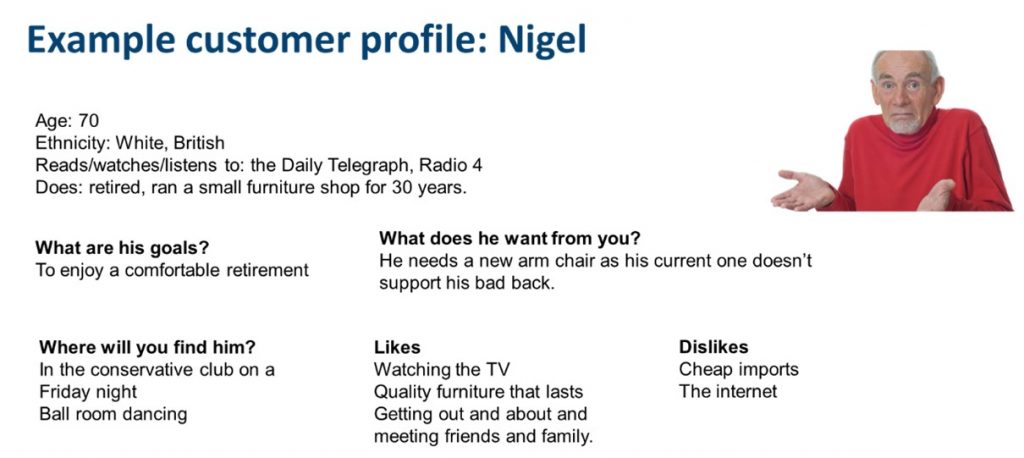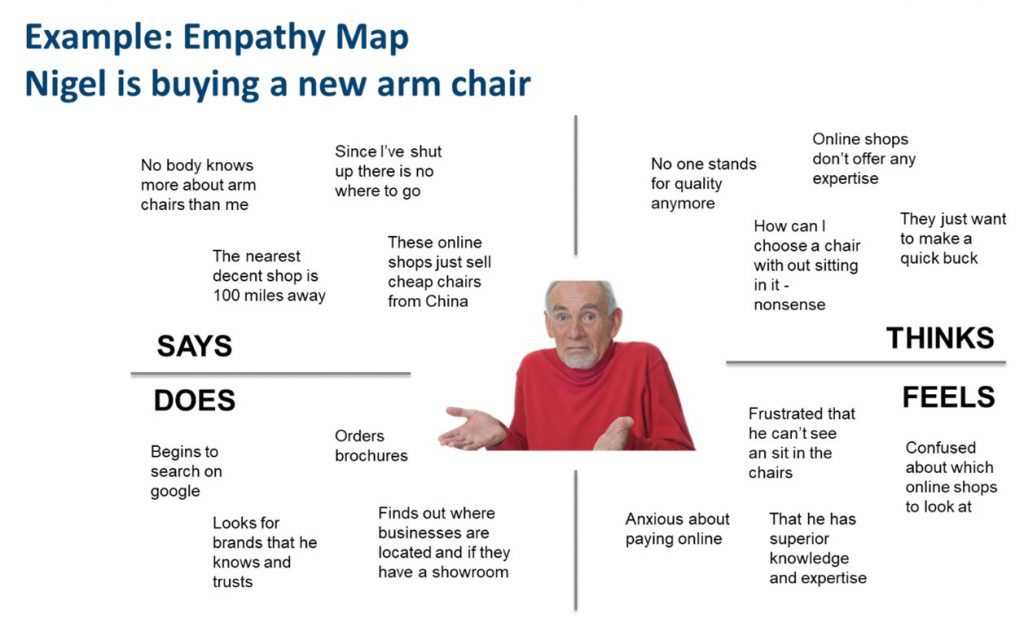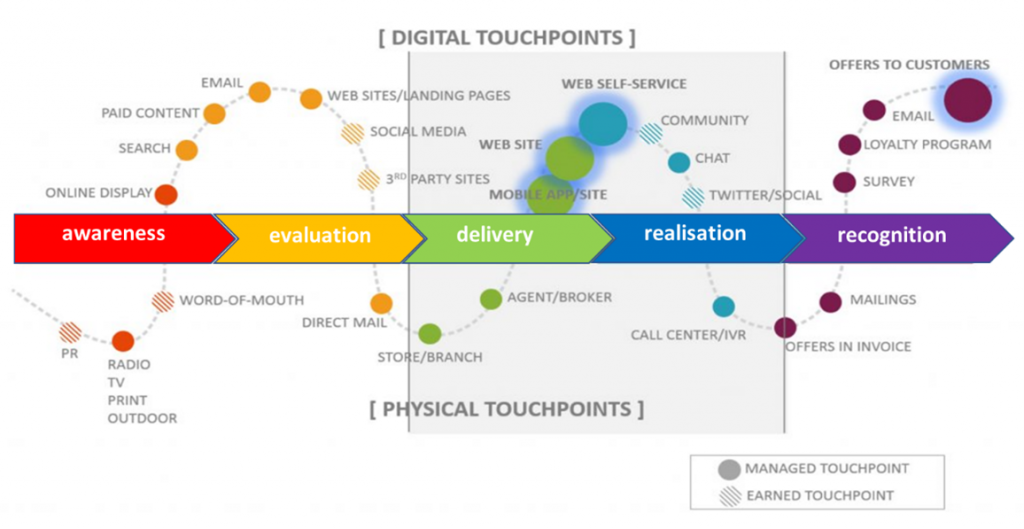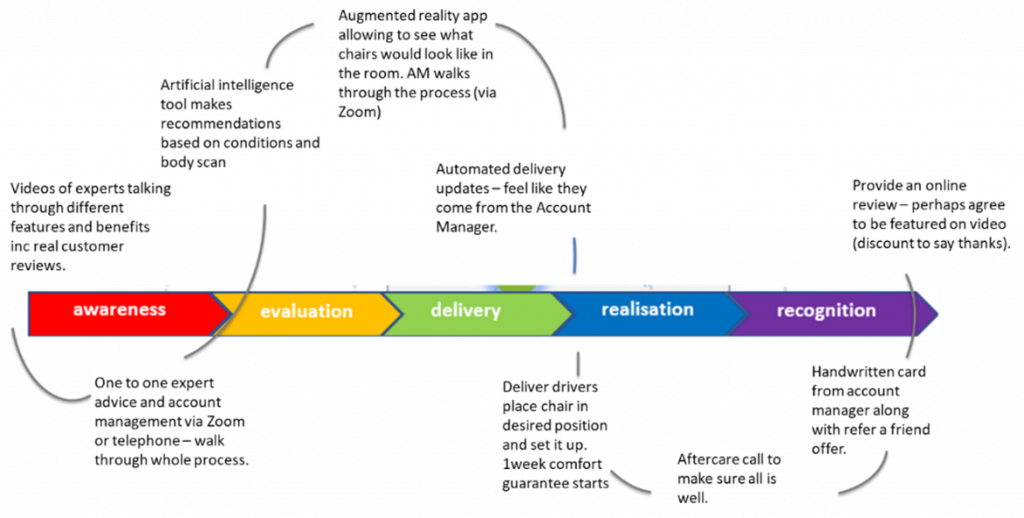
Using digital tech to deliver WoW customer experiences (CX)
The top performing businesses put their customers first. They are obsessed by adding value to their customers and they optimise their people, processes, and technology to deliver exceptional customer experiences (CX). They also structure themselves around the delivery of exceptional CX as opposed to the traditional functional approach.
This modern approach to business means that the various touchpoints that a customer experiences are fully integrated – breaking the old mentality of passing customers from one department to the next (it’s in these transitions where things typically go wrong).
Simply put, the levels of performance delivered by these customer-obsessed top performers has raised customer expectations, making it essential that if you wish to deliver exceptional CX that you should tune into and adopt their methods.
The commercial reasons for focusing on CX is clear:
- Customers are willing to pay a price premium of up to 13% simply by receiving a great customer experience (PWC Future of CX)
- 86% of buyers are willing to pay more for a great customer experience (American Express)
- Customers that rate companies with a high customer experience score spend 140% more and remain loyal for up to 6 years (Superoffice.com).
You’re only as good as your weakest link
Although the commercial benefits of delivering an exceptional CX are clear, the opposite is also true!
”1 in 3 customers will leave a brand they love after just one bad experience”, according to Superoffice.com.
This means that even though 95% of your CX has been exceptional it’s the 5% that didn’t go so great that the customer will remember. It’s therefore essential to deliver an exceptional end-to-end CX.
6 steps to deliver a WoW end-to-end CX
Step 1: Create a clear CX vision
If you want to deliver an exceptional end-to-end CX it’s essential that everyone involved in the delivery of the customer journey understands the part that they play in delivering it.
Providing this level of clarity requires the communication of a clear CX vision. The CX vision provides the context for innovation and technology adoption and encourages people to identify new ideas and better ways of delivering the CX.
Tool: Developing your CX Vision
To develop your CX vision, get a team of people together who represent each stage of the customer journey and mind map answers to the these questions:
- What relationship do you want to have with your customers?
- What do you want them to feel about you, your business, your employees and your products or services?
- What do you want them to say to their friends and colleagues about the CX that you’ve delivered?
- How long will your customers be with you?
- How will the customer relationship develop over time?
When answering these questions ask people to make their statements clear, focused, and simple.
Once complete ask people to vote on their top three principles.
Once everyone has picked their top three principles work together and group the chosen principles into themes.
List and refine these themes and work them into a CX vision statement that is clear, focused, simple and easy for everyone to understand.
Congratulations – you have created your customer CX vision statement.
Step 2: Understand who your customers are
Each customer is different, they have different needs, problems, and desires, they come from different backgrounds and different places. Designing an exceptional CX requires you to first develop a deep understanding of different customer groups and their specific, needs, wants, desires and behaviours.
Tool: Developing customer personas
To develop a deep understanding of your customers, develop a range of ‘customer personas’ that represent the broad groups of customers that you serve.
Different things appeal to and WoW different personas, meaning that you need to design a CX for each persona that caters for their specific needs, wants and desires.
To develop a persona profile chose a typical person who represents one of your customer groups and give them a name. Giving them a name helps give them personality, makes them real and relatable. To build the persona profile answer the following questions:
- What is their demographic? What age are they? What ethnicity are they? Where do they live?
- What do they enjoy doing? What do they read, take interest in and watch on TV? What do they do in their spare time?
- What are their life goals and aspirations?
- Where would you typically bump into them?
- What do they want from your product or service?
- Do you solve a problem for them or provide them with joy and/or pleasure?
- In terms of a typical CX in your industry, what do they like about it and what don’t they like?
Answering these questions will help you to build a detailed customer persona.
Repeat and develop a profile for each off your personas.

Step 3: Create an emotional connection with your customers
In the Harvard Business Review, Zorfas and Leemon reported that developing an emotional connection with your customers mattered much more than customer satisfaction. They identified that customers who feel an emotional connection with your brand are:
- At least three times more likely to recommend your product or service
- Three times more likely to re-purchase
- Less likely to shop around with 44% of customers saying that they rarely or never shop around.
- Much less price sensitive with one-third reporting that it would require a discount of 20% or more before they would defect.
Clearly, the business benefits are compelling.
To develop a deep emotional connection with your customers you need to delve deeper. We need to put ourselves in Nigel’s shoes (Nigel is the persona detailed above) and have a good stomp around in his world. Developing this level of understanding of Nigel will enable you to empathise with him, to understand him on a deeper level and to develop ideas on how you can create an emotional connection with him.
Developing an empathy map is a great way of building a more in-depth profile of your customers. The below example illustrates how an empathy map helps to build a deeper understanding of Nigel and the things that he Says, Does, Thinks and Feels when purchasing a new armchair.
Tool: Develop empathy for your customer personas
For each of the personas that you developed at stage 2 create an empathy map. If you’re struggling to do so, speak to some customers and ask them to be brutally candid about what they think and feel when buying your product or service, and observe what they say and do.
Competing this task for each of your customer personas will provide you with the depth of understanding required to design a WoW customer experience to your customers.

Step 4: Optimise the customer journey
Now that we understand our customers, we can begin to design customer journeys that will deliver the WoW factor!
The below diagram illustrates a typical customer journey, remember that you’re only as good as your weakest link, so you need to make sure that the end-to-end journey is exceptional at every stage!

As customers move through your customer journey they will transition through several touchpoints, these will be both physical and digital. It’s important to remember that although technology can drive efficiency and automation, some customers will desire a more personal experience. Don’t fall into the trap of loosing sight of your customers – ask yourself, will it WoW Nigel?

Tool: Designing your end-to-end CX
For each of your personas, map the touchpoints that they will experience as they transition across your customer journey. Make sure that you map the actual journey as it occurs (and not the one that you would like to deliver) – it’s only then that you can identify opportunities to improve.
Once you’ve mapped the current customer journey, discuss and develop ideas about what could be improved. Using a different colour pen or post-it notes document your new ideas on the map.
Now redesign the customer journey and identify how technology can be used to:
- make it easier for the customer to purchase
- help customers to experience what it would be like to own your product or use your service
- support customers to make decisions
- improve delivery times
- eradicate defects or mistakes
- provide new enhancements
- encourage repeat purchases.
Now ask yourselves this question: Does the redesigned journey match the CX vision developed at stage 1? If not, then go back and refine it and refine it again until you’ve arrived at a CX that will deliver your CX vision.
The below example illustrates what a WoW customer journey may look like for Nigel when he’s buying his new chair, look back at his profile and persona map – ask yourself will this example WoW Nigel? If not what would you do differently to deliver the WoW factor?

Step 5: Create a CX WoW team
Once you’ve designed a CX that will deliver your vision it’s now time to put it into practice. It’s likely that this will form part of your business’ wider digital roadmap so make sure that the technology requirements are embedded within the road map and that your digital roadmap team have a full understanding of the CX vision.
To ensure that the CX vision is delivered, upheld and continuously improved it’s essential that a CX team is put in place to lead the delivery of the vision. The CX team will also communicate the vision to others across the organization and regularly come together to review, challenge and improve the end-to-end CX and help others to understand the part that they play in delivering it.
When forming your CX team consider the following:
- Make sure that the team is multi-disciplined and includes people from across the customer journey and from all levels of the organisation
- Make sure this includes members of the digital roadmap team – in many businesses the CX team is also the digital roadmap team
- If you have suppliers or partners who deliver critical functions (e.g. marketing, delivery etc) then include them in the team – they deliver part of the journey so are critical. If they fail, so do you.
- Regularly review your customer personas and empathy maps to make sure that changes are captured and incorporated into CX design
- Regularly review your customer journey maps to develop new ideas. Come at this from different perspectives, e.g. how would a CX team in a different industry think about your customer journey – would any of their practices help to raise the bar?
Step 6: Capture customer feedback in real time
You now have a compelling and exciting CX vision: you have a detailed understanding of your customers and have developed an innovative end-to-end CX. Now, you must measure how effective it is in WoWing your customers.
Ask your customers about their experience:
- what they enjoyed about it
- what they didn’t enjoy so much
- did anything WoW them?
Use data to measure the effectiveness of all stages of the CX:
- are all touch points working seamlessly together?
- are transitions smooth?
- are there any bottle necks?
- are there any touchpoints where customers drop out?
Repeat purchase is a great measure:
- are customers coming back?
- If so, how often?
- Does the level of repeat purchase meet your expectations?
If not then chances are you’re not delivering the WoW factor.
Tool: Measuring your CX – Net Promoters
Net Promoters is a fantastic and simple way of measuring and understanding if you’ve delivered an exceptional CX or not.
Net Promoters will allow you to calculate a score which will indicate the level to which you are WoWing your customers. It’s based on asking the following question:
On a scale of 1 to 10 how likely are you to recommend our business/product/service to a friend or colleague?
Based on a customers score it categorises them into:
Promoters – a score of 9 to 10 – they have been wowed and the experience has been so great that they will tell their friends and colleagues about how great you are. These are your ambassadors!
Passives – a score of 7 to 8 – they have had a good experience and if asked by a friend or colleague they are likely to say that you’re ok but won’t be shouting about you from the rooftops.
Detractors – a score of 0 to 6 – these are the ones that you want to avoid, especially in a world of online reviews and social media! They haven’t been WoWed they’ve been WoEed, they are disappointed, probably a bit upset and are likely to proactively tell people about the poor experience that you’ve delivered.
Calculating your Net Promoter score:
Calculating your aggregate Net Promoter score is easy with the following sum:
Net promoters score = % promoters – % detractors
If 70% of your customers were promoters and 10% detractors your net promoter score = 60
What is a good Net Promoter score?
As a benchmark the very best companies achieve a Net Promoters score of 70. If you’re in that ball park then chances are you’re delivering a WoW experience to the vast majority of your customers – well done!


